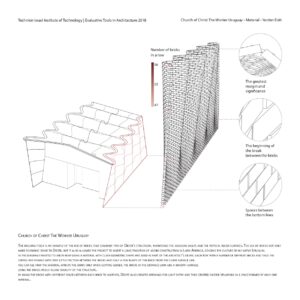 The course considers the multiple design strategies, representation methods, architectural media (including textual methods), to express the quality of an architectural proposal. The course considers three fundamental aspects that stand at the core the architectural research, namely the notions of form, forces, and material. Based on these three notions, each weekly session will be dedicated to the presentation of a series of seminal architectural projects that exemplify a particular strategy, representation, and media in order to evaluate the physical, material, virtual, and environmental qualities of an architectural project.
The course considers the multiple design strategies, representation methods, architectural media (including textual methods), to express the quality of an architectural proposal. The course considers three fundamental aspects that stand at the core the architectural research, namely the notions of form, forces, and material. Based on these three notions, each weekly session will be dedicated to the presentation of a series of seminal architectural projects that exemplify a particular strategy, representation, and media in order to evaluate the physical, material, virtual, and environmental qualities of an architectural project.
This semester will reinforce and extend issues introduced in the past semester ( i.e. technology, and media). The lessons and experiences of the earlier studios were directed at introducing architectural issues, skills/techniques, design methodologies, and texts fundamental to an understanding of architecture and the processes of design. You learned to see and record the physical environment, develop basic research and presentation skills, produce specifically architectural work (plans, sections, models, formal analyses, etc.) and explore compositional strategies and spatial ideas. You were also introduced to notions of architecture as both a participant in and product of culture. The course will introduce you to new issues, theories, environmental and architectural strategies. We will stress an understanding of the relationship between intentions, devices, and media and their architectural implications. The primary concerns of this semester include promoting an understanding of the critical role that architecture plays in the creation of, and intervention in the natural environment, as well as an increasing sophistication regarding building design.
From Vitruvius’ treatise De Architectura to today’s fascination for animated diagrams, architectural research has always been a function of formal definitions, system of forces, and material strategy. These three notions represents as many aspects to evaluate the nature and performance of a design proposal. The structure and content of this course will therefore follow these three aspects.
Instructors: Associate Prof. Aaron Sprecher, Tom Shaked, Yael Engelhart, Hadar Ben Avraham, Roy Finkelman
Winter Semester | Segoe Building – Architecture & Urban Building Room 521
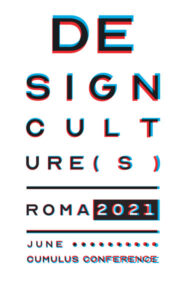 With the growing environmental imperative, designers begin to consider material life-cycles, and return to locally-sourced and on-site found materials in their design. Within this context, and in light of the high contribution of material-transport to the environmental burden, architects re-explore earthen materials. The ability to perform in situ digital fabrication using advanced robotic fabrication tools allows practice to go beyond the alignment of traditional building techniques with contemporary standards. Using increased sensibility, robotic tools can be deployed to reform terrains and reconstitute their soil into architecture. As native soil on site is used to nurture the robotically produced architectural artefact, a new form of materiality emerges, titled here “contextual-digital materiality”, one rooted in the weaving of data, local material, topography and culture. The paper demonstrates three avenues towards it – large scale customization, material-aware construction, and a “material to material” integrated fabrication, which, together, seek to advance greater sensibility at territorial scales.
With the growing environmental imperative, designers begin to consider material life-cycles, and return to locally-sourced and on-site found materials in their design. Within this context, and in light of the high contribution of material-transport to the environmental burden, architects re-explore earthen materials. The ability to perform in situ digital fabrication using advanced robotic fabrication tools allows practice to go beyond the alignment of traditional building techniques with contemporary standards. Using increased sensibility, robotic tools can be deployed to reform terrains and reconstitute their soil into architecture. As native soil on site is used to nurture the robotically produced architectural artefact, a new form of materiality emerges, titled here “contextual-digital materiality”, one rooted in the weaving of data, local material, topography and culture. The paper demonstrates three avenues towards it – large scale customization, material-aware construction, and a “material to material” integrated fabrication, which, together, seek to advance greater sensibility at territorial scales.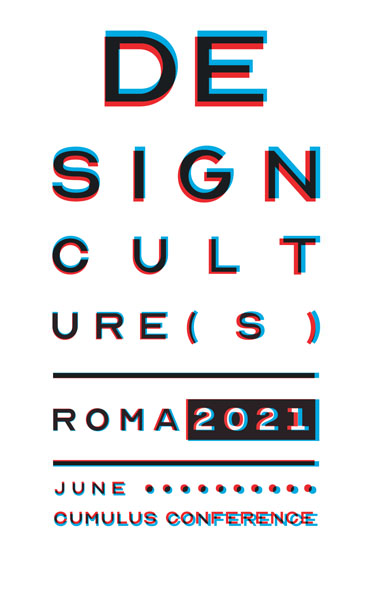

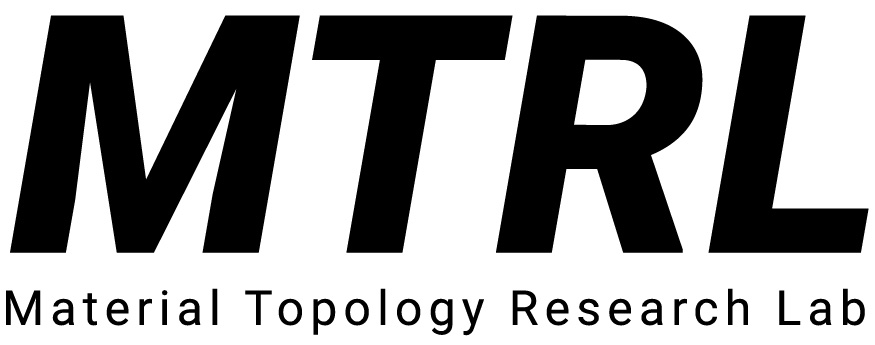
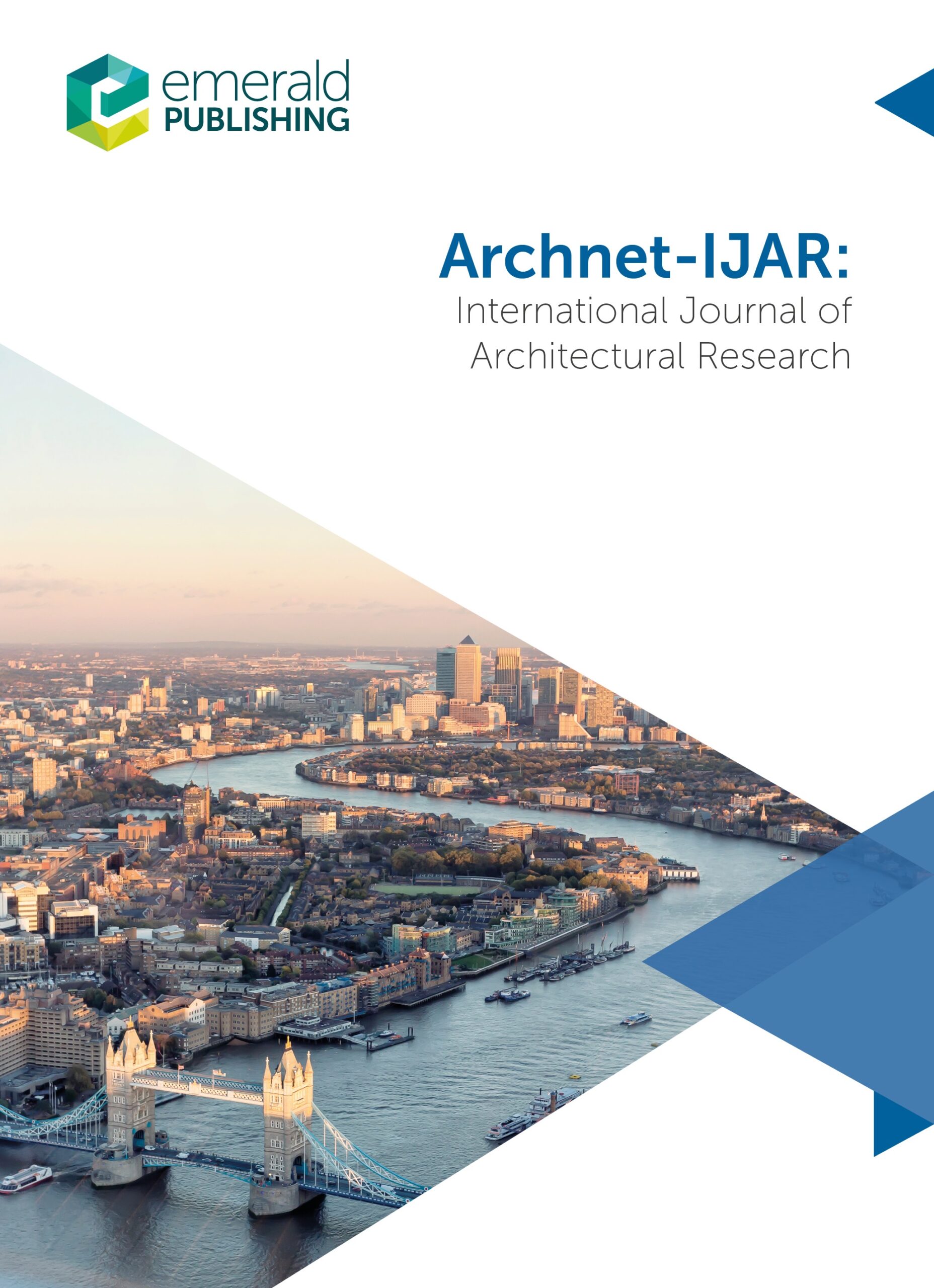
 Advancements in autonomous robotic tools enable to reach increasingly larger scales of architectural and landscape construction and operate in remote and inaccessible sites. In parallel, the relation of architecture to its environment is significantly reconsidered, as the building industry’s contribution to the environmental stress increases. In response, new practices emerge, addressing the reshaping and modulation of environments using digital tools. The context of extra-terrestrial architecture provides a ground for exploring these issues, as future practice in this domain relies on the use of remote autonomous means for repurposing local matter. As a result, the novelty in robotic construction laboratories is tied to innovation in architectural pedagogy.
Advancements in autonomous robotic tools enable to reach increasingly larger scales of architectural and landscape construction and operate in remote and inaccessible sites. In parallel, the relation of architecture to its environment is significantly reconsidered, as the building industry’s contribution to the environmental stress increases. In response, new practices emerge, addressing the reshaping and modulation of environments using digital tools. The context of extra-terrestrial architecture provides a ground for exploring these issues, as future practice in this domain relies on the use of remote autonomous means for repurposing local matter. As a result, the novelty in robotic construction laboratories is tied to innovation in architectural pedagogy.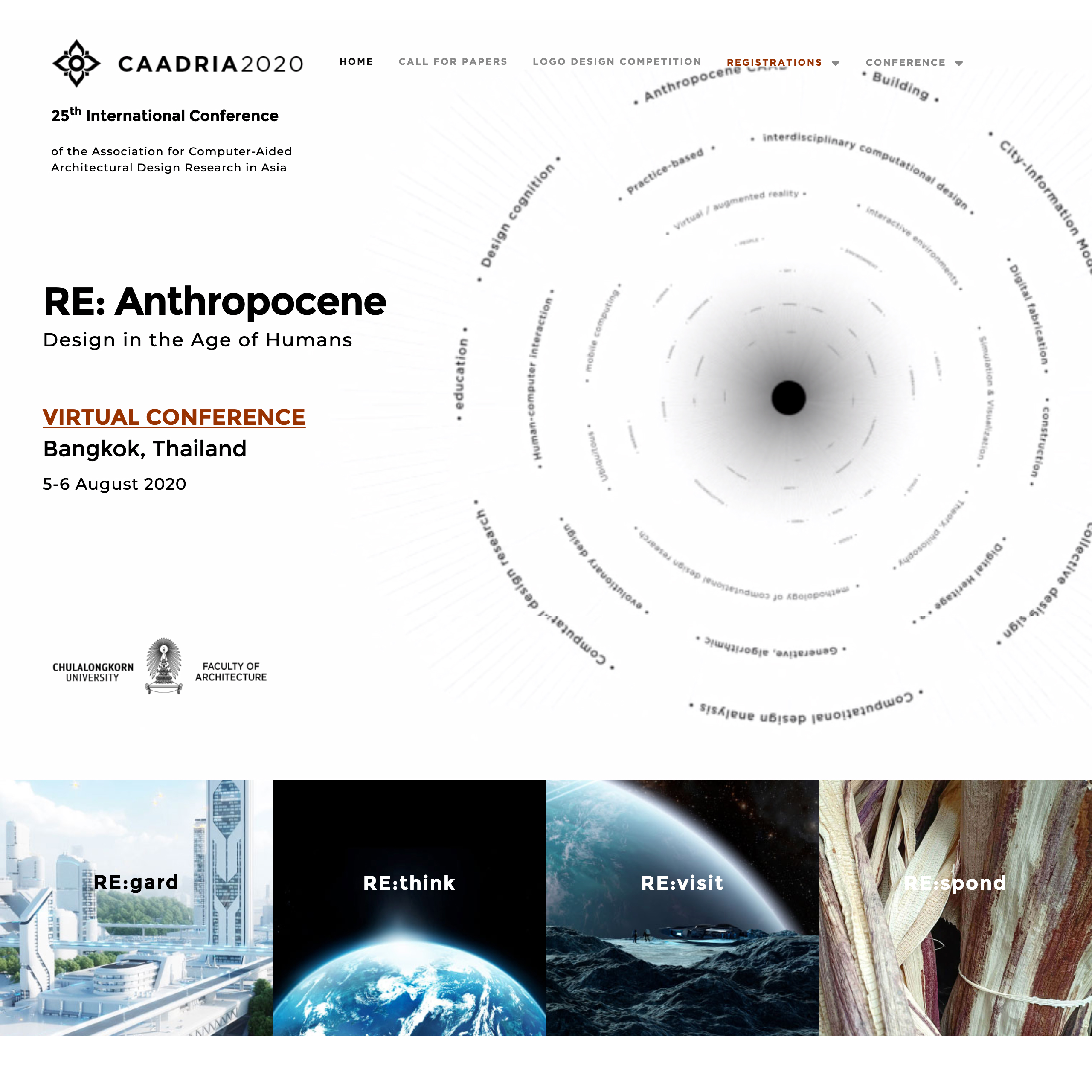
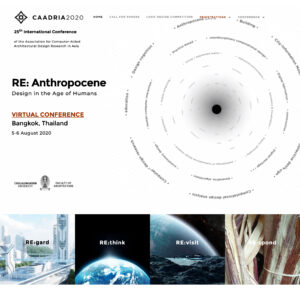 The irreversible imprint of humankind on earth calls for revisiting current construction practices. This paper forwards a vision for post-Anthropocene, large-scale, architectural and landscape construction. This vision relates to the way natural terrains can be transformed into architecture using robotic tools, and the way advanced in situ digital fabrication can enable attainment of greater sustainability through increased sensibility. Despite advancements in large scale digital fabrication in architecture, the field still mainly focuses on the production of objects. The proposed vision aims to advance theory and practice toward territorial scale digital fabrication enabling the production of environments. Three notions are proposed: large-scale customization, material-aware construction, and integrated fabrication. These three aspects are demonstrated through research and teaching projects demonstrating ways for robotic tools and advanced sensing to be applied toward reforming, stabilizing, and reconstituting natural sand. Together, they propose a theoretical ground for large-scale, in situ digital fabrication for a new era, relinking architecture to the terrains upon which it is formed.
The irreversible imprint of humankind on earth calls for revisiting current construction practices. This paper forwards a vision for post-Anthropocene, large-scale, architectural and landscape construction. This vision relates to the way natural terrains can be transformed into architecture using robotic tools, and the way advanced in situ digital fabrication can enable attainment of greater sustainability through increased sensibility. Despite advancements in large scale digital fabrication in architecture, the field still mainly focuses on the production of objects. The proposed vision aims to advance theory and practice toward territorial scale digital fabrication enabling the production of environments. Three notions are proposed: large-scale customization, material-aware construction, and integrated fabrication. These three aspects are demonstrated through research and teaching projects demonstrating ways for robotic tools and advanced sensing to be applied toward reforming, stabilizing, and reconstituting natural sand. Together, they propose a theoretical ground for large-scale, in situ digital fabrication for a new era, relinking architecture to the terrains upon which it is formed.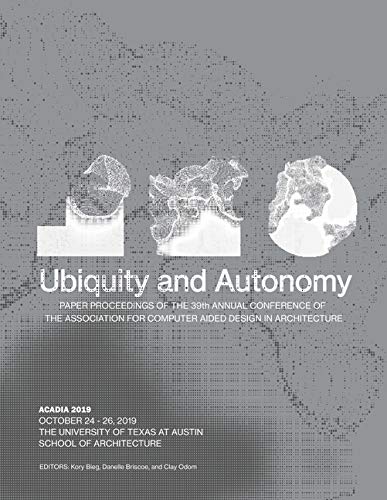
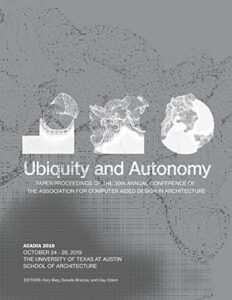 Advancements in robotic fabrication are enabling on-site construction in increasingly larger scales. In this paper, we argue that as autonomous tools encounter the territorial scale, they open new ways to embed information into it.
Advancements in robotic fabrication are enabling on-site construction in increasingly larger scales. In this paper, we argue that as autonomous tools encounter the territorial scale, they open new ways to embed information into it.
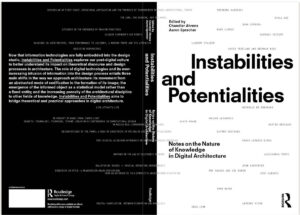 Now that information technologies are fully embedded into the design studio, Instabilities and Potentialities explores our post-digital culture to better understand its impact on theoretical discourse and design processes in architecture. The role of digital technologies and its ever-increasing infusion of information into the design process entails three main shifts in the way we approach architecture: its movement from an abstracted mode of codification to the formation of its image, the emergence of the informed object as a statistical model rather than a fixed entity and the increasing porosity of the architectural discipline to other fields of knowledge. Instabilities and Potentialities aims to bridge theoretical and practical approaches in digital architecture.
Now that information technologies are fully embedded into the design studio, Instabilities and Potentialities explores our post-digital culture to better understand its impact on theoretical discourse and design processes in architecture. The role of digital technologies and its ever-increasing infusion of information into the design process entails three main shifts in the way we approach architecture: its movement from an abstracted mode of codification to the formation of its image, the emergence of the informed object as a statistical model rather than a fixed entity and the increasing porosity of the architectural discipline to other fields of knowledge. Instabilities and Potentialities aims to bridge theoretical and practical approaches in digital architecture.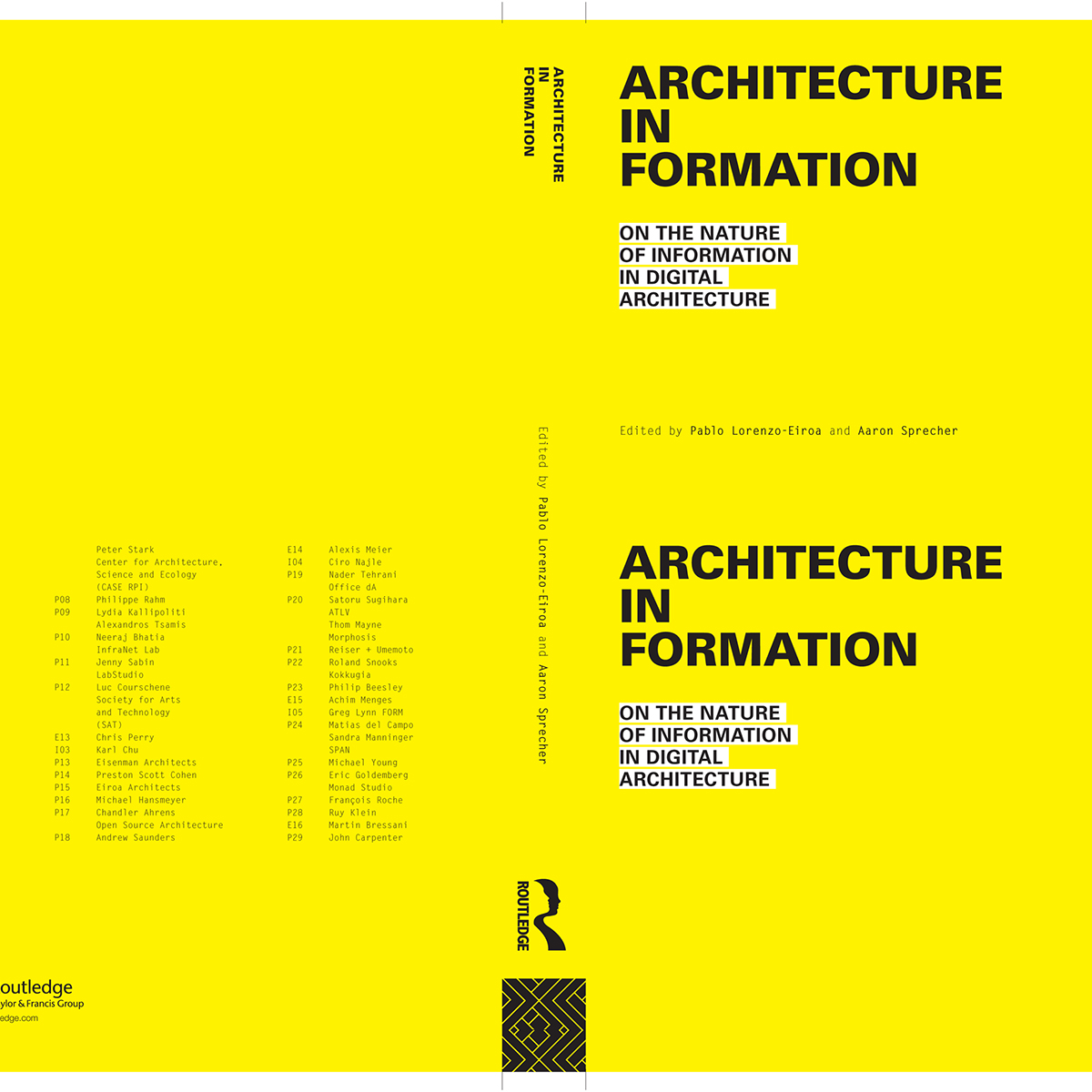

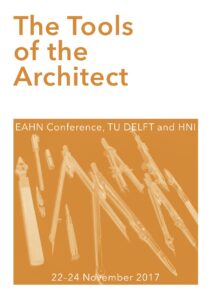 In his acclaimed work, On the Mode of Existence of Technical Objects (1958), the French philosopher Gilbert Simondon considers automation to be a low degree of technical perfection, a mode of operation which sacrifices potential uses due to its control by economic or social vectors. He suggests an alternative: relating to the margin of indetermination inherent in the machine in order to increase its sensitivity to outside information. Sensitivity of machines to information, rather than an increase in automation enables technical ensembles to reflect a new relation between human, object and tool. What matters here is that introducing indeterminism in a technological context contradicts some discourses regarding automation that are prevalent in architecture today, for instance, notions of optimization and performance as mathematically deterministic processes that feature prominently in the field of digital architecture.
In his acclaimed work, On the Mode of Existence of Technical Objects (1958), the French philosopher Gilbert Simondon considers automation to be a low degree of technical perfection, a mode of operation which sacrifices potential uses due to its control by economic or social vectors. He suggests an alternative: relating to the margin of indetermination inherent in the machine in order to increase its sensitivity to outside information. Sensitivity of machines to information, rather than an increase in automation enables technical ensembles to reflect a new relation between human, object and tool. What matters here is that introducing indeterminism in a technological context contradicts some discourses regarding automation that are prevalent in architecture today, for instance, notions of optimization and performance as mathematically deterministic processes that feature prominently in the field of digital architecture.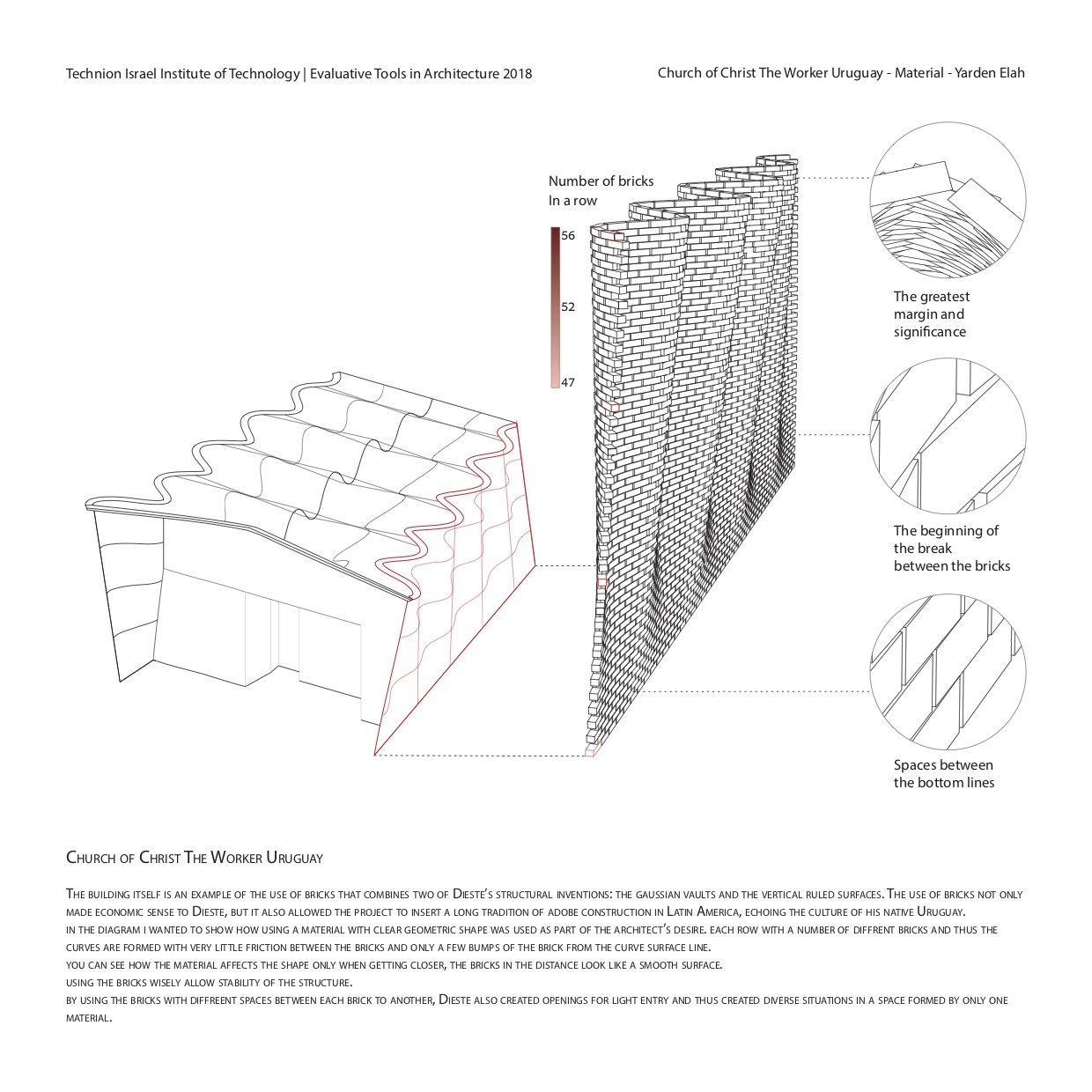
 The course considers the multiple design strategies, representation methods, architectural media (including textual methods), to express the quality of an architectural proposal. The course considers three fundamental aspects that stand at the core the architectural research, namely the notions of form, forces, and material. Based on these three notions, each weekly session will be dedicated to the presentation of a series of seminal architectural projects that exemplify a particular strategy, representation, and media in order to evaluate the physical, material, virtual, and environmental qualities of an architectural project.
The course considers the multiple design strategies, representation methods, architectural media (including textual methods), to express the quality of an architectural proposal. The course considers three fundamental aspects that stand at the core the architectural research, namely the notions of form, forces, and material. Based on these three notions, each weekly session will be dedicated to the presentation of a series of seminal architectural projects that exemplify a particular strategy, representation, and media in order to evaluate the physical, material, virtual, and environmental qualities of an architectural project.